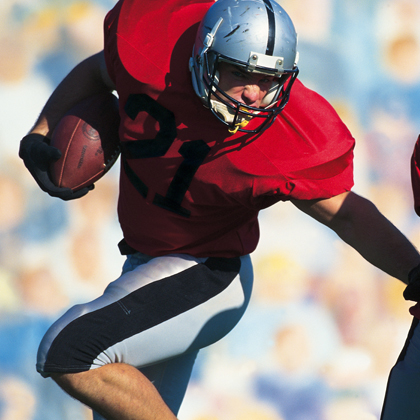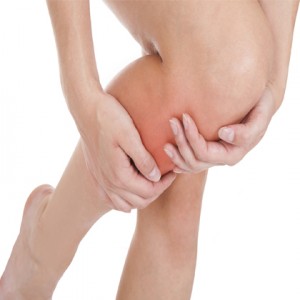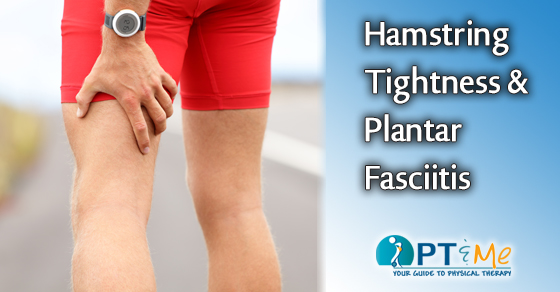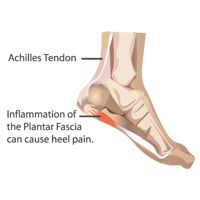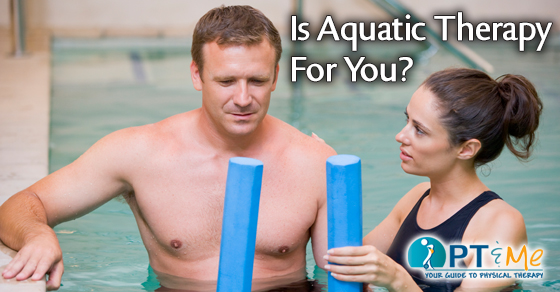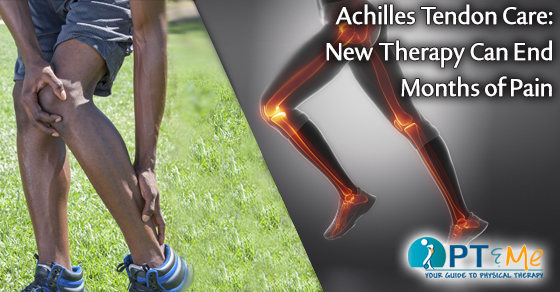
If you have never been to a physical therapist before you may have some questions about your care and expectations. Here are some general questions and points about physical therapy you may want to talk about during your initial evaluation.
Talk about the pain you are experiencing.
Go into detail about what sort of activities you have trouble with and where the pain is coming from. The more details you can provide the more it will help your therapist develop a treatment plan.
How did your injury happen and/or when did your pain begin?
Did you have an injury or accident, or did the pain develop gradually over an extended period of time? Whether it’s sports, work or surgical post-op related your PT can guide you to recovery following an injury. As part of physical therapy, they can teach you exercises, stretches, and techniques using specialized equipment to address your pain.
What are your recovery goals?
If you have specific goals in relation to your recovery, let your therapist know. Do you want to be able to run a marathon, or is the goal to cook dinner and be able to reach up into your cabinets? Maybe your goal is to have enough strength to play with the grand kids. Your Physical Therapist needs this information when designing a treatment plan that best suits your needs. Whether you’re a professional athlete who’s suffered an injury or an orthopedic patient who needs assistance following surgery, your recovery starts with physical therapy.

Give your physical therapist you primary care provider’s information.
Good communication between your physical therapist and your primary care provider can help eliminate the need for unnecessary drugs/medications and provide great detail about your medical history. Your physical therapist can help clarify referral guidelines and the decision-making process as well.
Tell your physical therapist about any medications you are currently taking.
Different medications can cause adverse side effects due to physical activity and your physical therapist wants to make sure you are ready for physical therapy. Make sure you have a detailed list of your medications and be ready to discuss them at your evaluation.
Always tell your physical therapist your pain levels and how you feel your progress is going.
Physical Therapy is intended to make changes in your body. As physical therapists make changes to your tissues and mechanics, the stresses on your body will change, and may change where you feel the pain or symptoms. Be open with your physical therapist. If you have any questions about your treatment or want to go over any pain you are experiencing let your physical therapist know and they can go over it with you. Chances are what you are experiencing is completely normal and part of the healing process.
For more information about physical therapy programs and treatment techniques visit our About Physical Therapy section by clicking here.
Need to find a physical therapist? Visit our Find A PT Page

